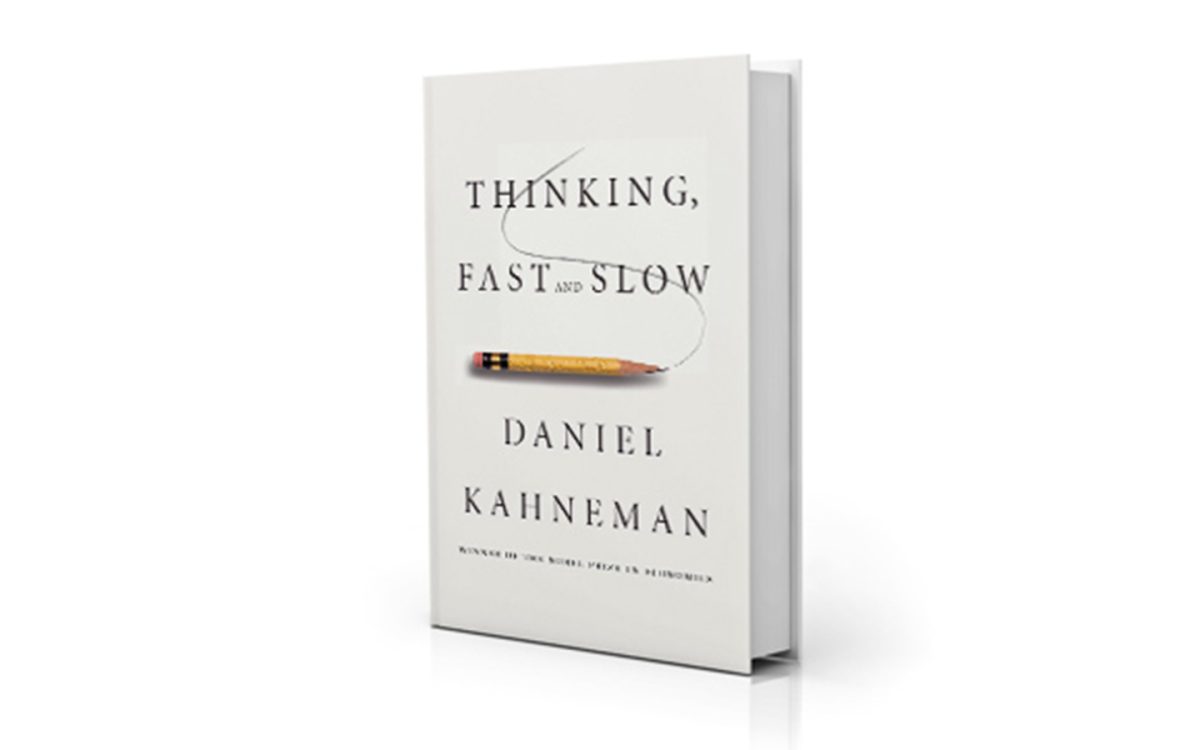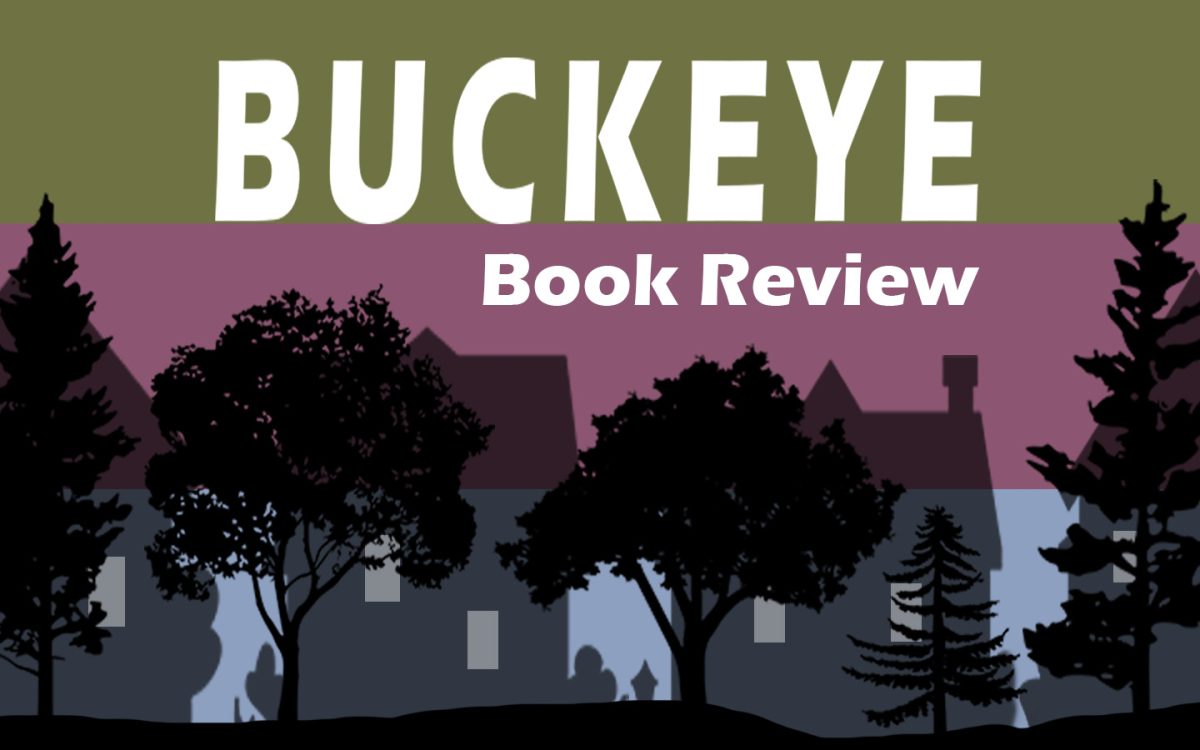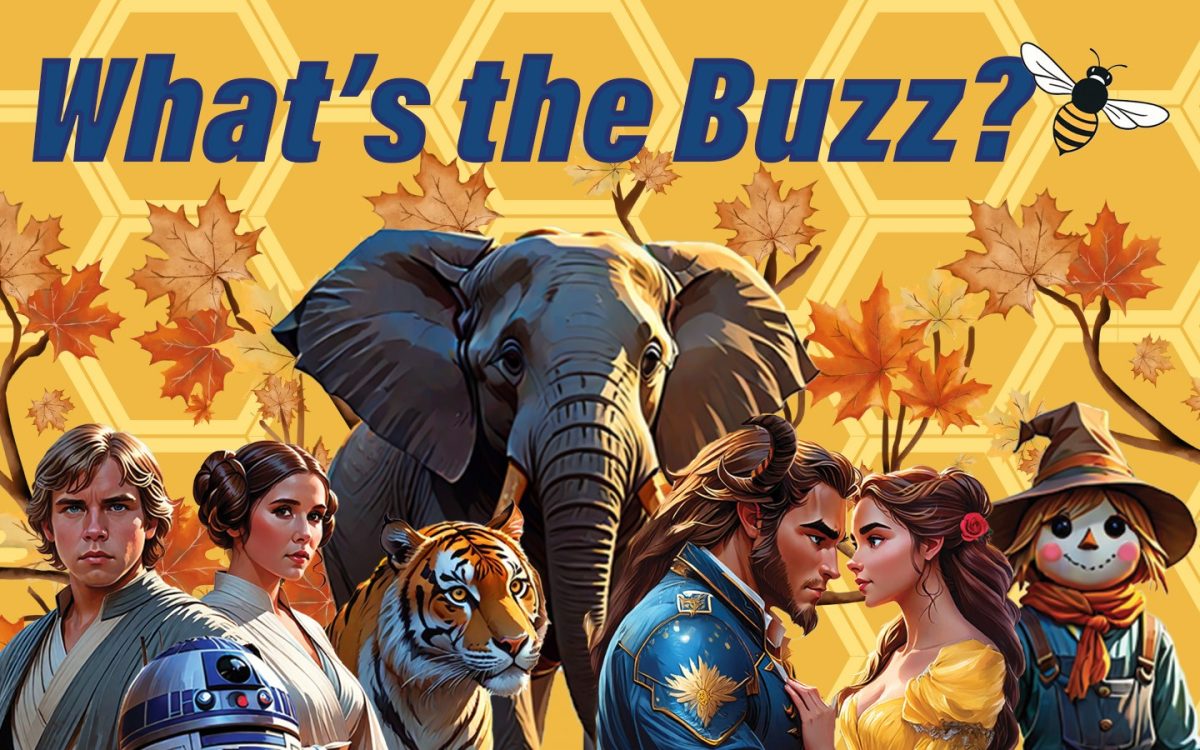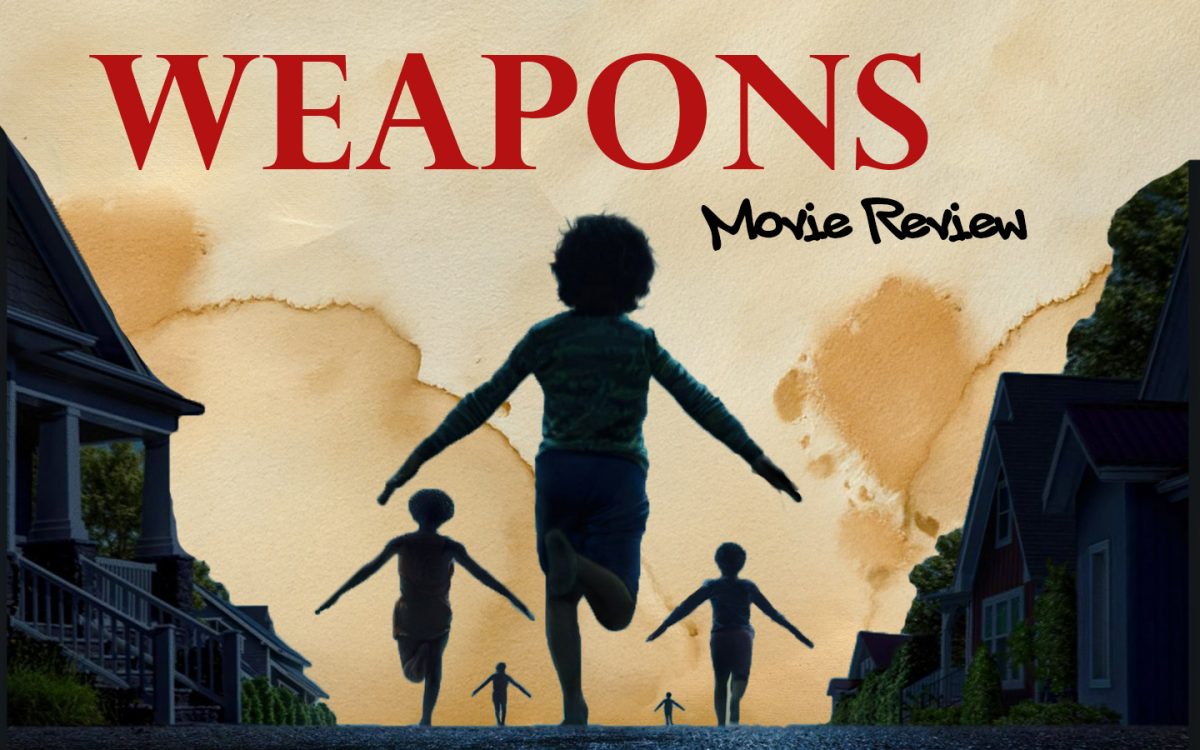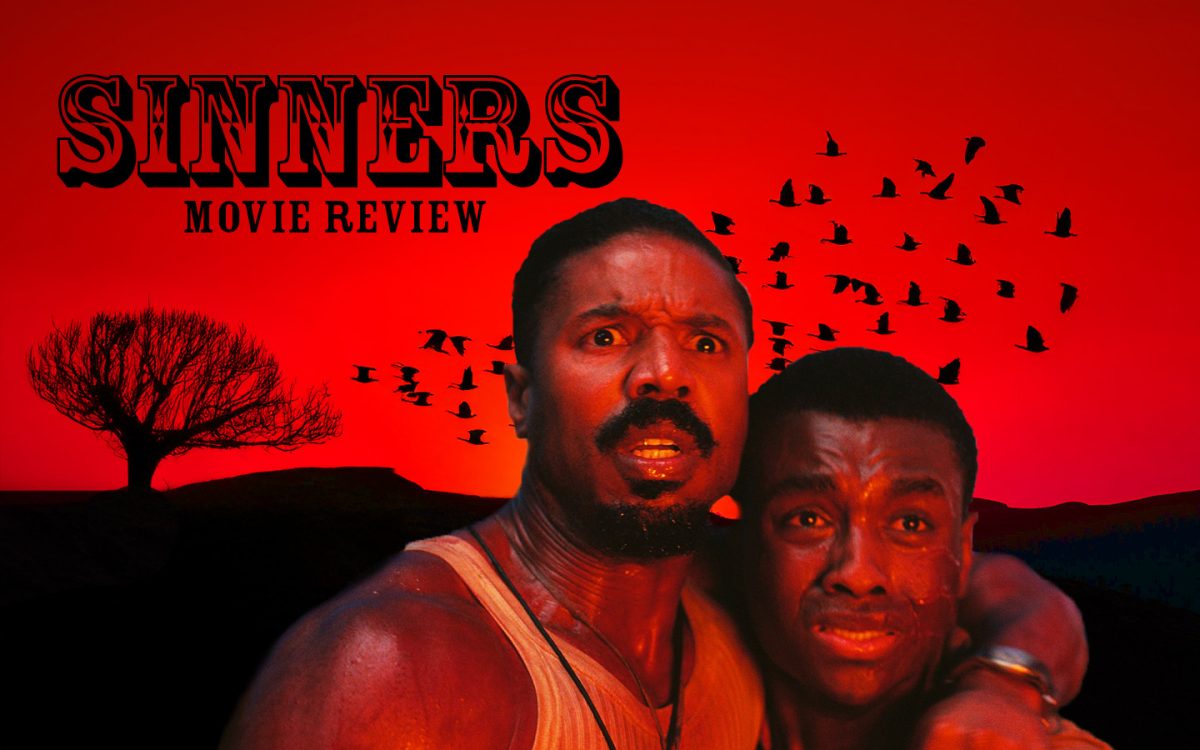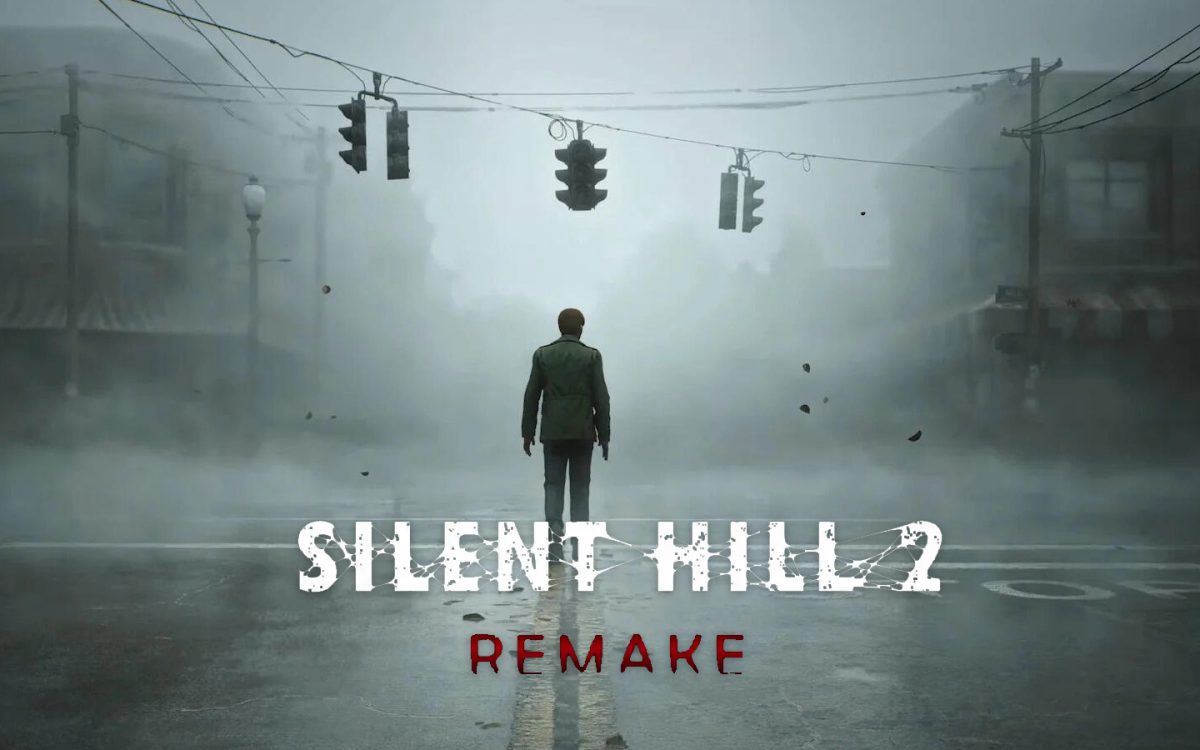“Thinking, Fast and Slow” by Daniel Kahneman is a book that has had a profound impact on the way individuals approach decision-making, whether it be in academic pursuits or life in general.
The insights presented in the book have the potential to reshape the way decisions are made by emphasizing the role of two distinct thinking systems, often referred to as System 1 and System 2.
System 1 operates swiftly and intuitively, making snap judgments and quick choices, while System 2 engages in deliberate, analytical thinking and demanding careful consideration. These two systems are the architects of any decision-making process and understanding their interplay is key to making more considered choices.
One pivotal insight from the book is the value of mindfulness in decision-making. In our fast-paced lives, we often find ourselves rushing through choices, relying on System 1 to get things done. However, “Thinking, Fast and Slow” reminds individuals that for decisions with higher stakes, employing System 2 is imperative. Many have since learned to slow down, create space for thoughtful meditation and regain control over their choices.
Another profound concept introduced in the book is Loss Aversion. Kahneman’s research reveals that people tend to weigh their choices’ losses more heavily than gains. This insight has significant implications for understanding risk-taking and decision-making, especially in financial contexts. It sheds light on why individuals might be more cautious when facing potential losses and why they often prefer the status quo, even when change could bring gains.
Confirmation bias, another concept highlighted in the book, can resonate with readers. It’s our natural tendency to seek information that confirms our preexisting beliefs, often leading to biased decisions. Recognizing this bias, some may rush through choices and cherry-pick evidence to validate them.
However, a solution presented in the book is to actively seek diverse perspectives and counterarguments, ensuring that decisions are well-rounded and grounded in reality.
In a world where people often seek instant happiness, “Thinking, Fast and Slow” acts as a helpful guide for making careful decisions. It provides the tools to navigate the complex array of choices we encounter, whether as students or individuals looking to grow.
For those interested in developing a more thoughtful, deliberate approach to decision-making, this is a book definitely to consider reading.



